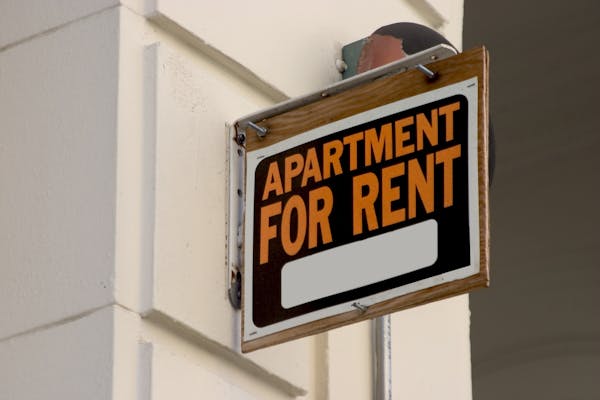New information emerged about Minnesota's Paid Family Medical Leave Act last week, renewing chatter over the law that most unnerved business from this spring's get-it-all-done-at-once Legislature.
The leave benefit takes effect at the start of 2026. It will allow Minnesotans at nearly all employers to take leave to treat a lengthy illness or to care for a family member and receive a portion of their pay.
The development revealed last week was an actuarial assessment performed for the state by Milliman, an insurance industry advisory firm, that found the program will cost more than advertised.
Milliman said that, under the assumptions put forth in the law, the payroll tax would jump from 0.7% of a Minnesotan's full-year income in the program's first year to 0.91% in the second, then bounce around.
The firm provided an alternative structure that it said was less volatile. In it, the payroll tax in the first year would start at 0.78% instead of 0.7%. It would stay there until the fourth year, when it would rise to 0.83%.
All the figures are within the range of 0.7% to 1.2% for the payroll tax set forth in the law.
"Premiums will fluctuate," Sen. Alice Mann, DFL-Edina, told me last week. "They're based on average weekly wages, which will fluctuate from year to year. It'll fluctuate based on how many people use leave in any given year."
She said the report showed the tax rate "was right where we thought it was going to be."
Republicans and business groups that fought the legislation, including the Minnesota Chamber, called the insurer's portrayal of rates "unexpected." Since businesses will be expected to split the tax with employees, any increase in the rate leads to new expenses for them.
"If you take a look at other states that offer paid family leave, our benefits are more expensive but our tax was lower," said Sen. Julia Coleman, R-Waconia. She sponsored an alternative paid leave measure that wasn't mandatory and took a narrower definition of family eligible for care.
"This isn't adding up. This is going to continue to snowball and we're going to end up probably with one of the biggest, most costly programs in the entire state," she said.
Beyond costs, the law is contentious because it will force a difficult choice on many businesses that already have well-established and, in some cases quite generous, leave programs for employees.
As the legislation was nearing passage in April, I expressed support. I like it from an individual rights standpoint.
Also, such benefits should make Minnesota a more attractive place for people to live and work. Our slow population growth and workforce shortage demand such action, even if they create costs and pose risks.
And there are risks. The biggest is that Minnesota will become a less attractive place to work for people at companies where existing leave benefits will be diminished.
Numerous business executives have raised that tradeoff to state leaders, but the law allows employers to opt out of the state program if their leave benefits are better. Many companies' leave programs don't last as long nor cover as many employees as the state program would.
Another big risk is execution. The Department of Employment and Economic Development, which handles unemployment insurance, is tasked with the running this, too. Two months ago, Gov. Tim Walz appointed Greg Norfleet, a veteran of the Massachusetts paid family leave program, to oversee the implementation at DEED.
In Massachusetts, more than 70,000 people in a labor force of 3.7 million used the paid leave benefit in 2021, its first year. They were paid about $500 million. Residents started paying into the benefit fund in October 2019 via a payroll tax. Early payments from the fund were delayed, sometimes for months, but the program is largely on track now.
"I think every state does get hit in the mouth to start, but it's really how you respond," Norfleet told MPR's Cathy Wurzer in an interview last month.
Minnesota has a workforce of just over 3 million. If we had a similar take-up rate to Massachusetts, the state would have to administer leave benefits to nearly 57,000 people in the first year.
Massachusetts pays for up to 26 weeks of leave, while Minnesota will pay 20. Minnesota's benefit is more generous, at 100% of statewide average weekly wage, while Massachusetts pays at 64%.
I expect Republicans and Democrats will keep debating the cost and benefit formula during the 2024 and 2025 legislative sessions.
Meanwhile, we shouldn't let the soft bigotry of low expectations set in with regard to executing the program. There's a place for release-early-and-iterate, a technology development strategy that's OK with imperfection. Getting money to someone who just had a baby isn't one of them.
Minnesotans will already be hit in the wallet to assure more people get paid leave when they need it. We shouldn't be hit in the mouth, too.

Ramstad: Minnesota demographer takes deeper look at migration, workforce pressure
Ramstad: Health care is a tough arena for AI to make a difference
Ramstad: Misinterpreting data led me to the wrong conclusion about Minnesota retirees
Ramstad: How Rochester is keeping its housing growth on track


